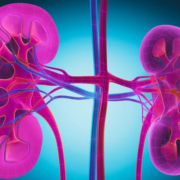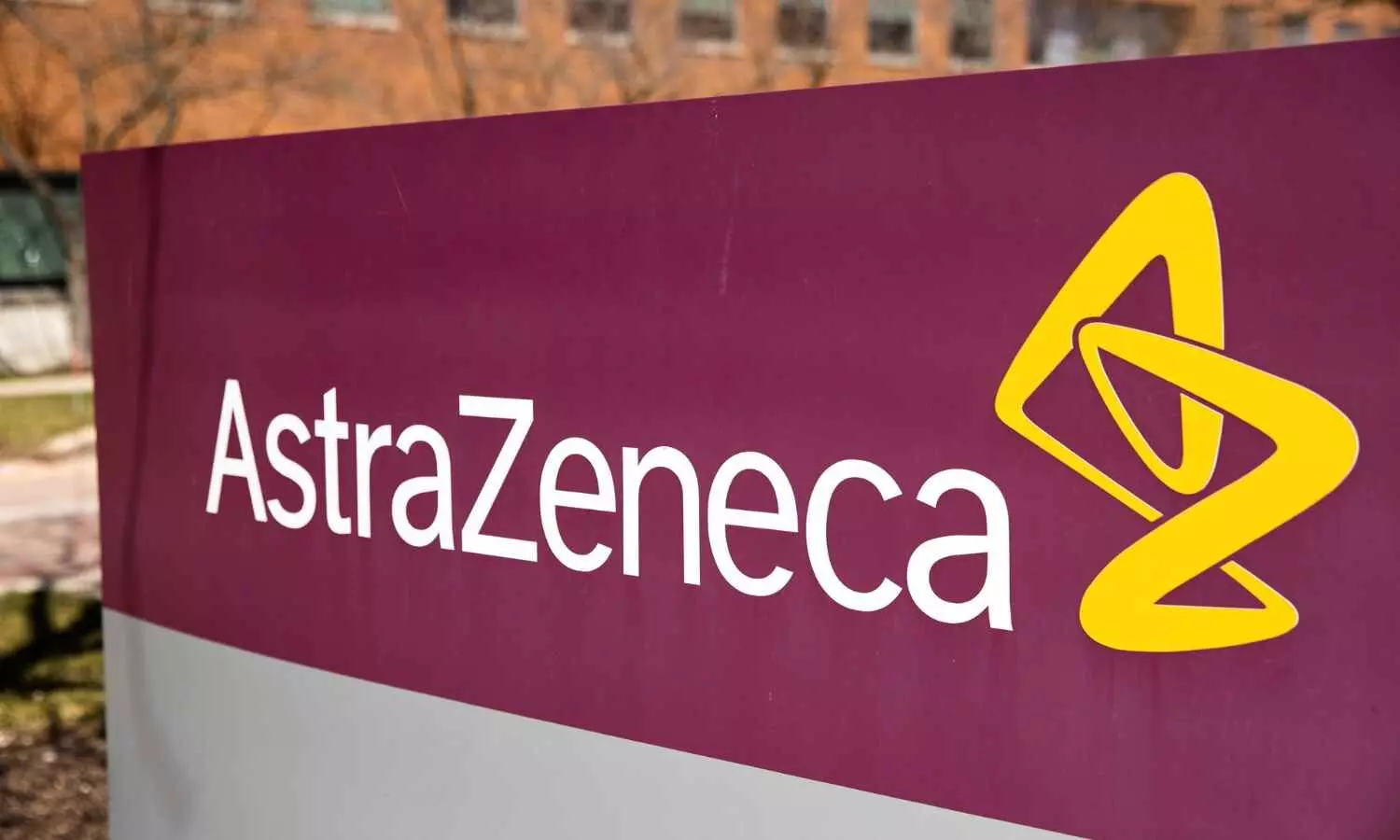Screening for prostate cancer with first-line MRI less cost-effective than first-line PSA testing: Study

A cost-effectiveness analysis found that screening for prostate cancer using biparametric magnetic resonance imaging (bpMRI) as a first-line approach is less cost-effective than first-line prostate-specific antigen (PSA) testing with second-line multiparametric MRI (mpMRI). These findings persisted even under the assumption that bpMRI was performed free of charge, showing that these savings were not enough to outweigh the limitations of the first-line MRI approach. The analysis is published in Annals of Internal Medicine.
Researchers from Fred Hutchinson Cancer Center, Beth Israel Deaconess Medical Center, and the Mayo Clinic developed a microsimulation model to evaluate the comparative effectiveness and cost-effectiveness of first-line bpMRI versus first-line PSA with reflex mpMRI for prostate cancer screening. The authors found that first-line MRI-based screening substantially increased rates of false-positive test results, prostate biopsy, and overdiagnosis without proportionately substantial reductions in prostate cancer mortality. They note that even when assuming no cost for first-line bpMRI screening, first-line PSA testing with reflex mpMRI followed by MRI-guided prostate biopsy with or without transrectal ultrasonography–guided biopsy still resulted in lower costs and better quality of life for patients. These findings suggest that screening efforts should focus on strategies that reduce false-positive results and overdiagnoses to improve cost-effectiveness.
The authors of an accompanying editorial from Vanderbilt University Medical Center suggest that high-quality cost-effectiveness analyses are crucial to understanding the effect of changes in clinical practice on the overall health care system. In addition, these types of analyses provide important economic context that could bolster guidance statements if used in their development, as acknowledged by the National Comprehensive Cancer Network. The authors suggest that other organizations should follow suit by incorporating cost-effectiveness data in their guidelines.
Reference:
Roman Gulati, Boshen Jiao, Ra’ad Al-Faouri, Vidit Sharma, Sumedh Kaul, Kevin Wymer, Stephen A. Boorjian, Aria F. Olumi, Ruth Etzioni, and Boris Gershman, Lifetime Health and Economic Outcomes of Biparametric Magnetic Resonance Imaging as First-Line Screening for Prostate Cancer: A Decision Model Analysis, Annals of Internal Medicine, https://doi.org/10.7326/M23-1504.
Powered by WPeMatico



















